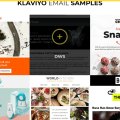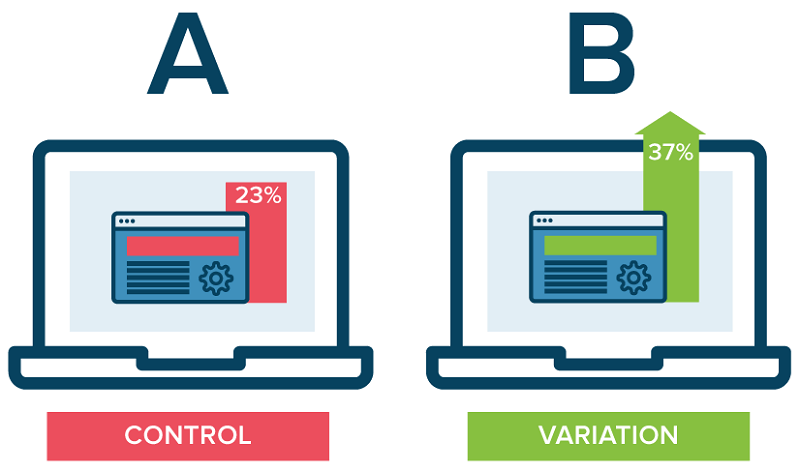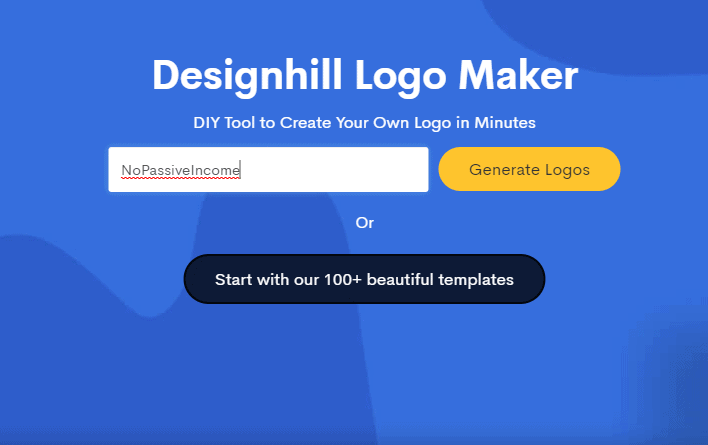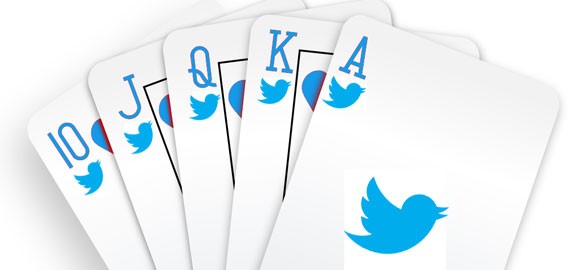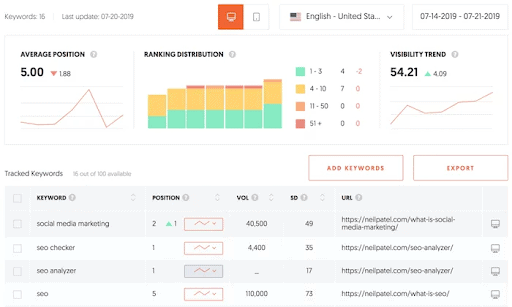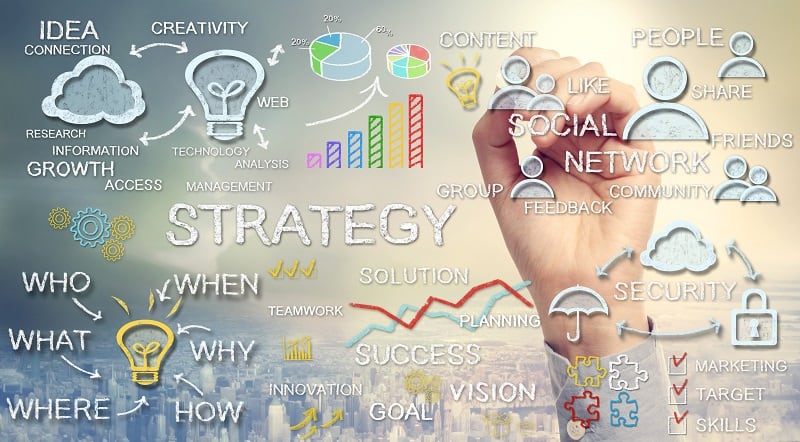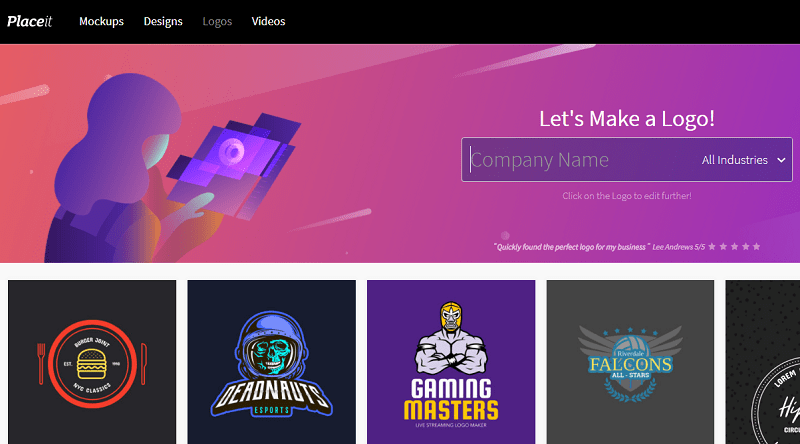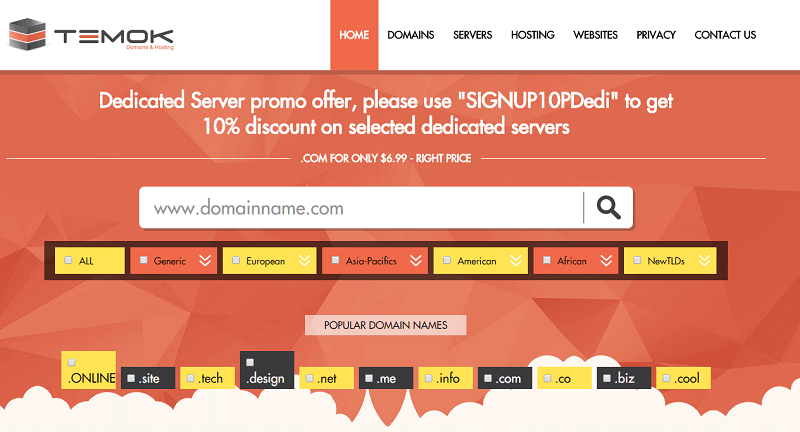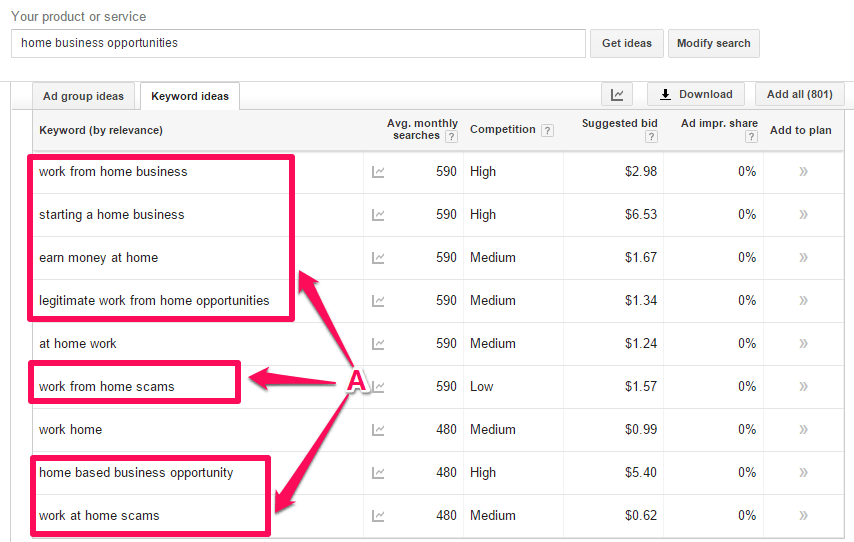Social media monitoring refers to tracking, analyzing, and measuring various media channels.
These channels can include traditional media (such as newspapers, magazines, radio, and television) and digital media (including web-based platforms and social media).
Analyzing data from these sources enables businesses to understand public perception, industry trends, and brand reputation.
Here are the types, benefits, and social media monitoring best practices.
Table of Contents
Types of social media monitoring

1. Social media monitoring
Social media monitoring involves tracking mentions, comments, and shares of your brand, product, or service across various social media channels like LinkedIn, Facebook, Instagram, and TikTok. By monitoring these channels, businesses can:
– Respond to customer feedback promptly.
– Understand audience sentiment around their brand.
– Identify trends and capitalize on them effectively.
– Avoid potential PR crises by addressing negative sentiment early.
2. Online reputation management
Bad news spreads fast. Online reputation management involves tracking and managing a brand’s digital reputation. This includes:
– Monitoring reviews and ratings on sites like Yelp, Google Reviews, and Trustpilot.
– Addressing negative feedback swiftly to prevent escalation.
– Engaging positively with customers to improve public perception.
A well-crafted, timely response can turn a negative review into a positive experience, while an inauthentic or late response can damage your reputation further.
3. News Monitoring
News Monitoring tracks mentions of a brand, product, or service in traditional media sources, such as:
– Newspapers
– Magazines
– TV broadcasts
– Online news portals
Businesses use news monitoring to stay informed about industry trends, competitors, and emerging opportunities. Additionally, identifying Key Opinion Leaders (KOLs) can help promote a brand positively.
4. Competitor monitoring
Media monitoring tools help businesses track not only their brand reputation but also their competitors’ activities. Competitor monitoring involves:
– Social media listening tools help in finding out how the public perceives rival brands.
– Identifying competitors’ strengths and weaknesses.
– Adjusting business strategies based on competitors’ successes and failures.
5. Crisis management
When a brand faces a crisis, a swift response is critical. Crisis management through media monitoring involves:
– Identifying negative feedback or emerging issues before they escalate.
– Crafting appropriate responses to mitigate potential damage.
– Using PR and social media strategies to shift public perception.
Benefits of Social Media Monitoring

1. Brand awareness
Social media monitoring helps brands track real-time conversations about their business, enabling them to:
– Respond to customer concerns instantly.
– Improve engagement by interacting with their audience.
– Strengthen brand reputation through consistent online presence.
2. Engaging the right audience
Understanding audience preferences allows businesses to build strong relationships and improve customer loyalty. Social media monitoring helps identify topics and trends relevant to target demographics. To streamline social media monitoring efforts, businesses should use tools that allow them to post to all social media at once while tracking engagement and brand mentions.
3. Competitor analysis
Tracking competitors helps brands:
– Identify gaps in their strategies.
– Discover what works best in their industry.
– Learn from competitors’ successes and mistakes.
4. Market research
Monitoring social media conversations enables brands to stay on top of:
– Industry trends
– Customer sentiments
– Emerging market demands
5. Better audience insights
Customers often provide direct feedback on social media through:
– Brand mentions
– Comments
– Hashtags
Tracking these insights using an analytics tool allows businesses to optimize content, products, and services based on audience responses.
Social Media Monitoring Best Practices

1. Set clear goals
Before starting social media monitoring, businesses should:
– Define their objectives (e.g., brand awareness, customer service, crisis management).
– Identify key metrics to track.
– Choose relevant monitoring tools.
2. Choose the right platforms
Not all social media platforms are equally relevant. Brands should:
– Identify where their target audience is most active.
– Focus monitoring efforts on high-impact platforms.
– Avoid spreading efforts too thin across multiple channels.
3. Identify relevant keywords
To track important conversations, businesses should:
– Use keywords related to their brand, products, competitors, and industry.
– Update keyword lists periodically to stay relevant.
4. Track brand mentions
Monitoring brand mentions helps businesses understand:
– Customer sentiment (positive or negative).
– How their brand is perceived in the market.
– Areas for improvement.
5. Interact with your audience
Engaging with customers builds trust and strengthens relationships. Businesses should:
– Thank users for positive feedback.
– Address negative reviews with a constructive approach.
– Participate in relevant discussions to maintain brand visibility.
6. Learn from competitors
Analyzing competitors’ social media strategies helps brands:
– Identify gaps in their approach.
– Adapt successful tactics.
– Avoid pitfalls competitors have faced.
7. Explore market dynamics
Regularly monitoring industry trends ensures that businesses remain competitive. Brands can:
– Stay ahead of emerging trends.
– Adapt marketing strategies based on evolving consumer preferences.
– Offer improved customer experiences based on data insights.
Conclusion
Media monitoring is an essential strategy for businesses looking to maintain a strong brand presence, engage their audience effectively, and stay ahead of competitors. By tracking social media, online reputation, news, competitors, and crises, companies can make data-driven decisions that enhance their overall success. Implementing best practices such as setting clear goals, tracking relevant keywords, and engaging with customers ensures businesses maximize the benefits of media monitoring.

